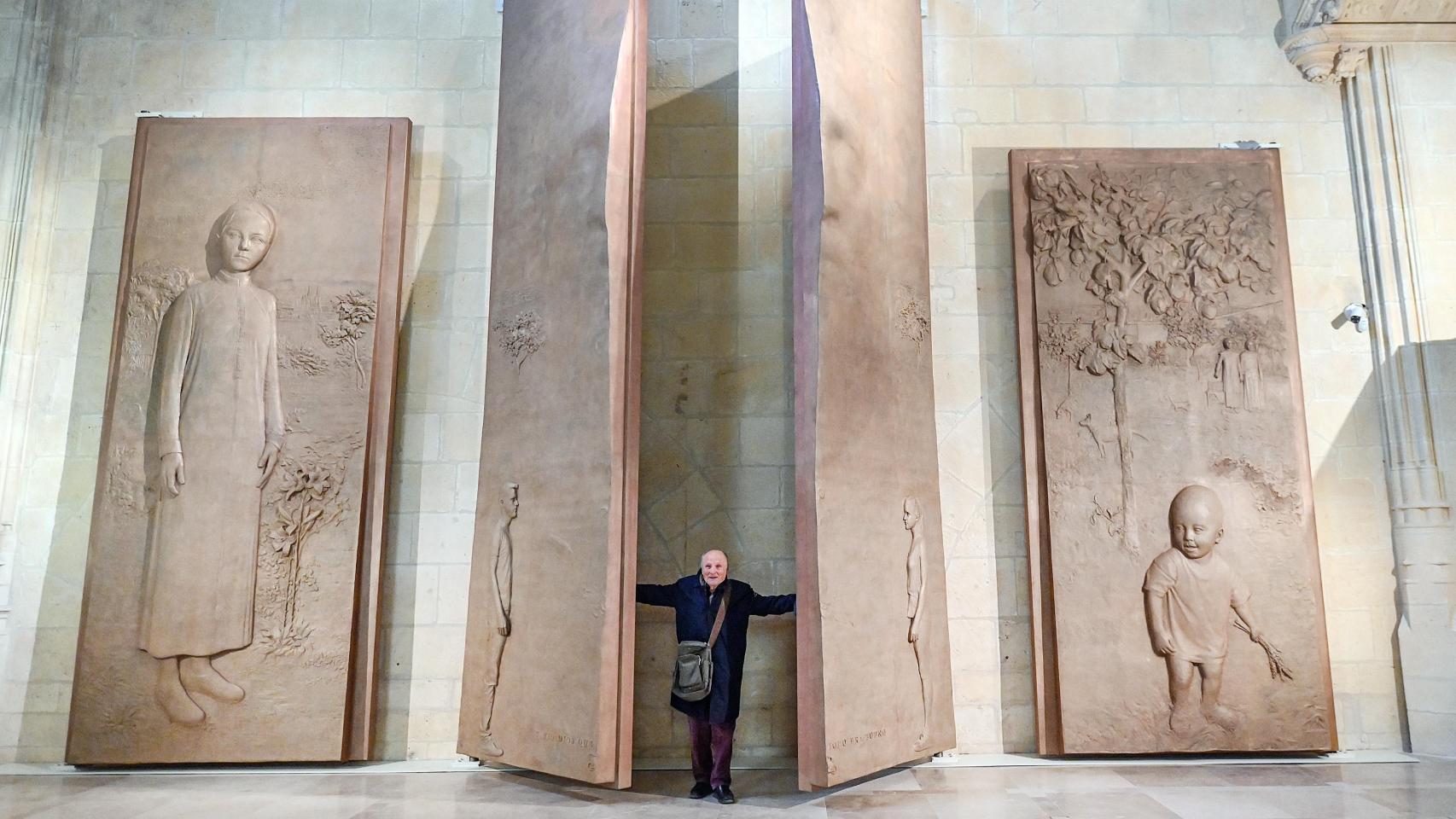
Castilla y León
La Ilustración dejó en Castilla y León una de las más ambiciosas obras de ingeniería hidráulica en la España de los siglos XVIII y XIX: el Canal de Castilla. Este imponente río artificial, que discurre a través 205 kilómetros de la Meseta entre las provincias de Palencia y Valladolid, fue ideado para dar salida al excedente de grano y cereal a los puertos del Cantábrico. A su vez, el Canal articuló un avanzado sistema de riego que convirtió en fértiles grandes extensiones de cultivo.
Durante más de un siglo, el Canal de Castilla favoreció el comercio de todo tipo de mercancías con el norte de España, proporcionando la ansiada salida de estas tierras de interior al mar, hasta que finalmente el avance de las comunicaciones por carretera y el desarrollo del ferrocarril lo dejaron obsoleto. Pero el Canal de Castilla ya estaba perfectamente integrado en el paisaje de la Meseta, y había sembrado una floreciente actividad económica que aún perdura. Su singular arquitectura de acueductos, esclusas, dársenas, presas y arcas es hoy una de las rutas de mayor atractivo turístico de la Comunidad.
El Canal de Castilla está catalogado como Bien de Interés Cultural. Tiene tres ramales, Norte, Sur y Campos, que recorren ciudades y municipios llenos de historia y tradición y paisajes plagados de encanto. El Ramal del Norte nace en Alar del Rey y muere en Ribas de Campos, y constituye uno de los tramos más espectaculares de todo el recorrido.
En su trayecto salva más de 87 metros de desnivel, gracias a un sistema de 24 esclusas, como la de Frómista. El Ramal de Campos es la prolongación del Ramal del Norte, enlaza Ribas de Campos con Medina de Rioseco, bella ciudad de sabor añejo y monumental. En ella el Canal muere en una impresionante dársena, la mayor de todo el recorrido, custodiada por almacenes y la fábrica de harinas San Antonio, con más de 100 años de antigüedad y que se puede visitar durante los fines de semana y días festivos y la embarcación turística "Antonio de Ulloa".
El Ramal del Sur, el menor de los tres tramos, que parte de El Serrón (Palencia) y toma sus aguas del Ramal de Campos, desemboca en la dársena de Valladolid, a las afueras de la ciudad.
Recorrer el Canal de Castilla significa rememorar la aventura visionaria de la Castilla navegable, surcada en su máximo apogeo por más de 300 embarcaciones; los caminos de sirga, antaño lugar de tránsito para las bestias que acarreaban desde la orilla los barcos permanecen recubiertos de arboladas de robles, chopos y sauces en torno a sus aguas quietas.
The Age of Enlightment left in Castilla y Leon one of the most ambitious hydraulic engineering projects in all Spain during the 18th and 19th centuries: the Castilla Canal. This magnificent artificial river, which covers 250 kilometres across the plateau between the provinces of Valladolid and Palencia, was created in order to give an exit to the sea ports of the Bay of Biscay to the excess grain and cereal. At the same time, the channel created an advanced irrigation system that converted in fertile large extensions of cultivating lands. During more than a century, the Castilla Canal supported all type of commerce with products from the north of Spain, providing the desired exit of these interior lands to the sea, until finally the progress of road communications and the development of the railway made it obsolete. But the Castilla Canal was perfectly integrated into the landscape of the plateau, it had created a flourishing economical activity that still lasts. Its unique architecture of aqueducts, locks, docks, dams and water deposits makes it one of the most attractive tourist routes in Castilla y Leon.
The Castilla Canal is considered as Cultural Interest Heritage. It has three branches, North, South and Campos, they travel through cities and towns full of history and traditions and landscapes full of charm. The North Branch is born in Alar del Rey and dies in Ribas de Campos and it is one of the most spectacular branches of the whole system.
In its course it drops an 87 metre level difference using 24 locks, such as the one at Fromista. The Campos branch is an extension of the North Branch, it joins Ribas de Campos with Medina de Rioseco, beautiful city with an old-fashioned and monumental atmosphere. The canal dies on this branch at an impressive dock, the largest of the whole Canal, guarded by storehouses and the San Antonio flour factory, with more than 100 years history and which can be visited on weekends and holidays, we can also see the tourist boat "Antonio de Ulloa".
The South Branch, the smallest of the three, begins in El Serron (Palencia) and takes the water from the Campos Branch, it flows into the Valladolid dock, on the outskirts of the city.
To travel along the Castilla Canal implies recalling the visionary adventure of the nautical Castilla, plied during its peak years by more than 300 boats; the towrope roads, in the past travelled by the animals used to tow from the canal banks the boats, are now covered by small forests of oaks, poplars and willows next to the tranquil waters.



